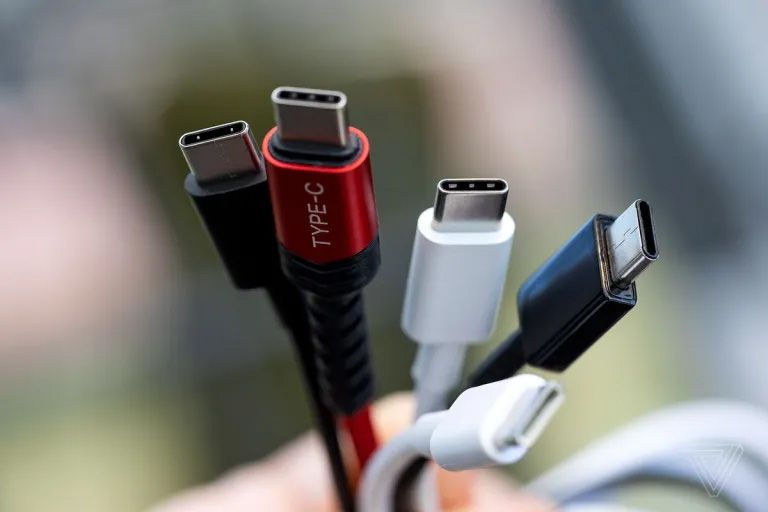Of course, we would all like to have one standard for all phones, tablets, laptops, and related devices, but is it possible to achieve that objective with a political decision?
As the main reason for the introduction of this regulation, the EU Commission cites the constant increase in electronic waste, which is certainly a justified fear, but it is questionable to what extent the directive will succeed in solving the problem.
The point is that there are several factors in standardization, not just the shape of the port, which the EU Commission is fighting for. They want that all devices have the same slot, but they ignore other factors. One example is the protocols that USB-C supports. Through the USB-C, in addition to power transfer, you can have Ethernet, Thunderbolt, video, audio, data transfer, etc. If your USB-C slot in a laptop, for example, doesn’t support audio but offers it via a 3.5 mm slot, then you will not be able to use your USB-C headset.
There is also the problem of USB-C classifications, such as USB 3.2 or USB 4. If you need faster data transfer, you will buy the appropriate cable, as in the previous case, headphones with the appropriate slot.
The biggest problem will certainly occur with charging standards. The commission has even managed to prescribe that chargers must be Power Delivery compatible, but the problem with cables remains, which can, and do not have to release stronger electricity. So, there will be a need for other solutions again.
The EU Commission also wants laptops to use the USB-C standard, which many of us have anticipated since Apple introduced it in MacBooks, but in the latest generation, it has returned MagSafe.
And finally, the funniest part of this story is that the regulations will take effect in 2024, and by then many protocols will be replaced by new ones, which in turn will create certain incompatibilities.
And once all the slots look the same, only then will users encounter problems because many will not know which slot supports which protocol, so even more confusion is possible.
Anyway, the intention of the EU Commission is good, but it will be difficult to implement in practice, while the reduction of electronic waste will have a negligible impact.
The whole story reminds me of the one with limiting the power of the vacuum cleaners to 1400 W, in order to supposedly rationalize electricity consumption, but on the other hand, they don’t have a problem that many electric cars can 400 KW, not to mention the problem of battery disposal.
